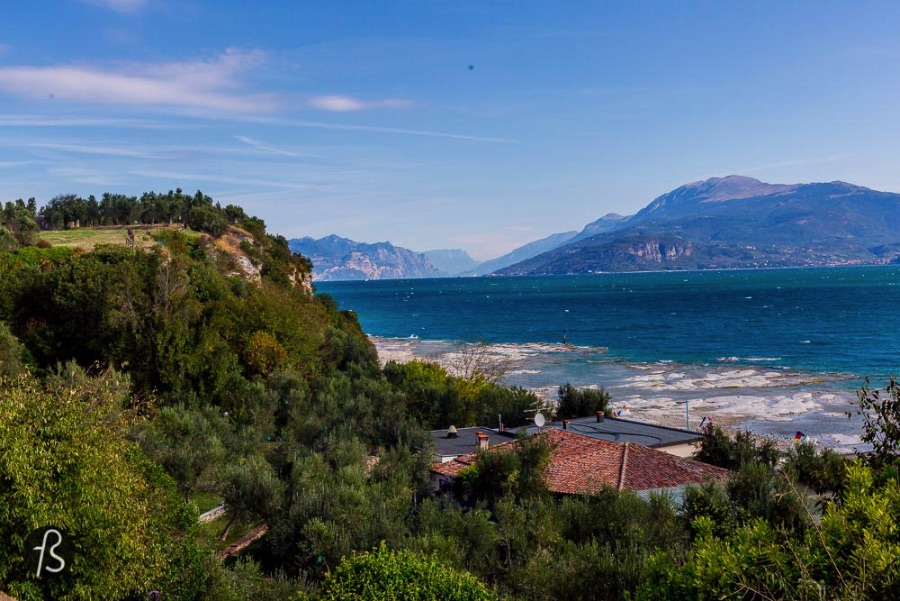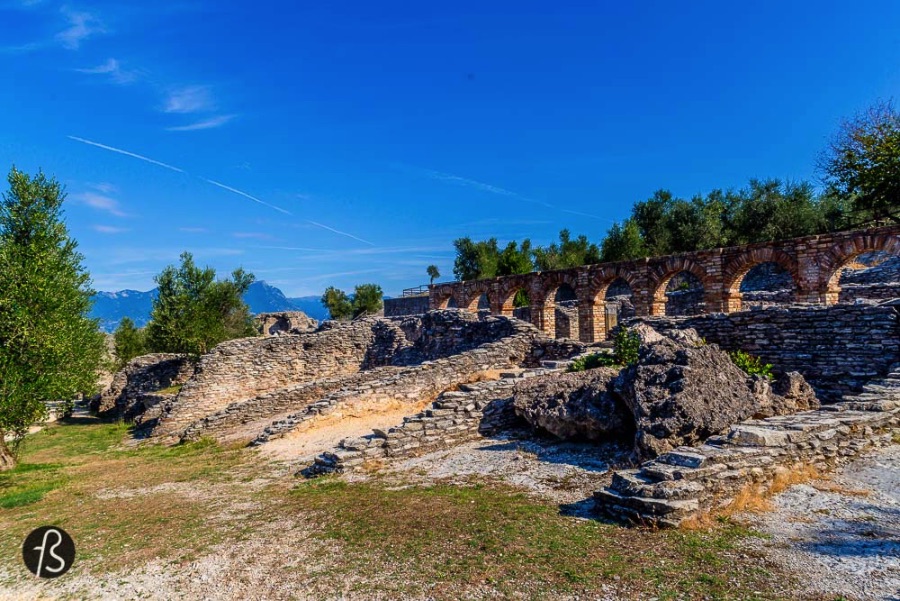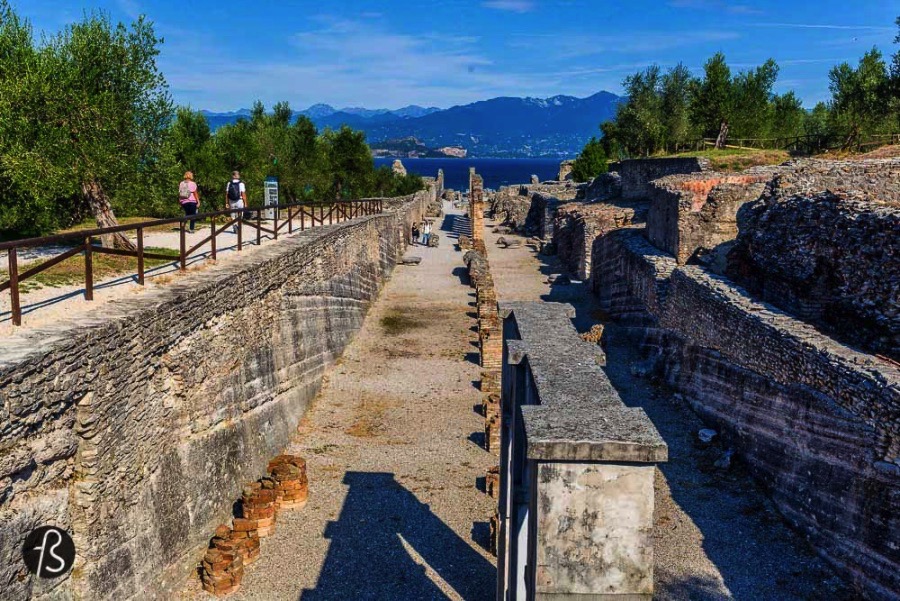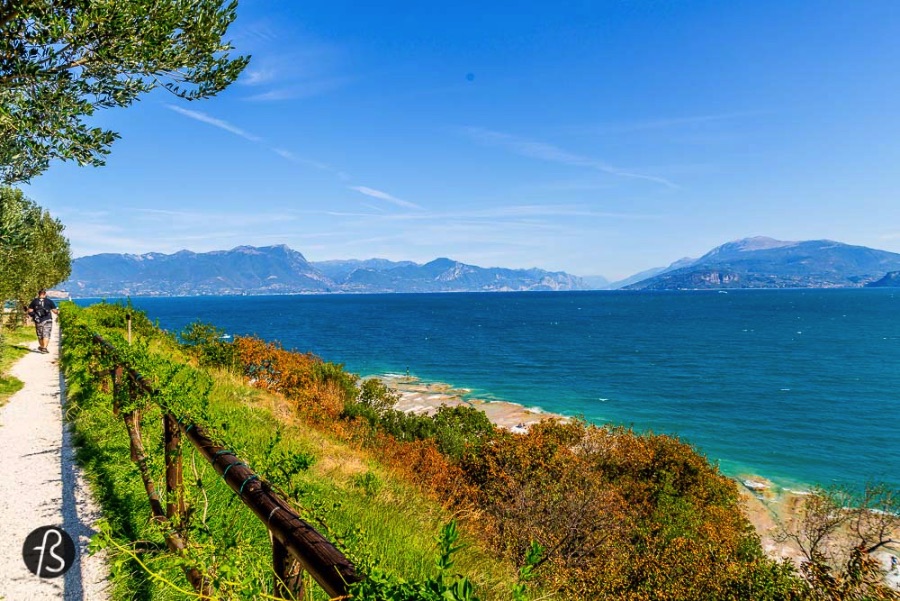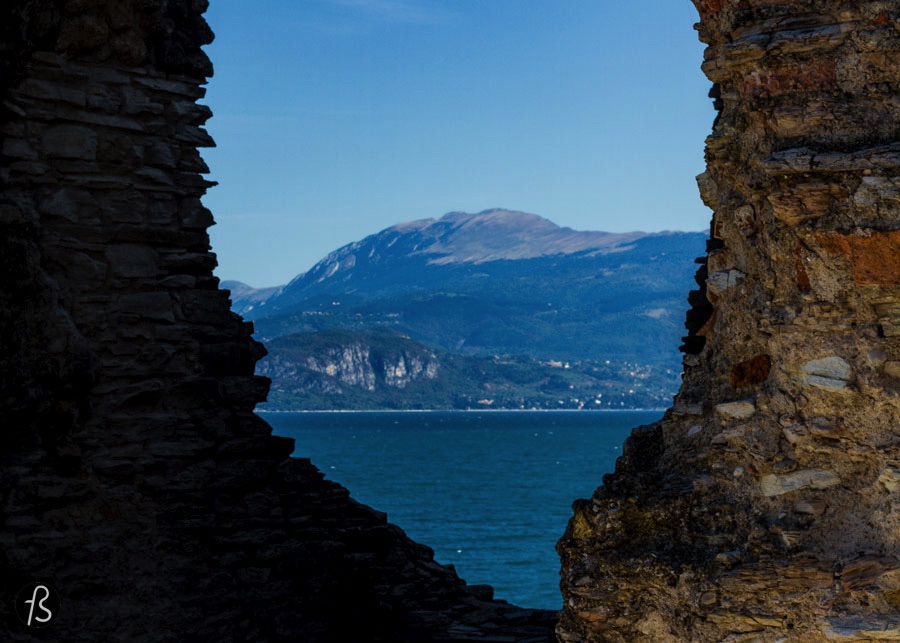Grotte di Catullo is the largest and most complete roman villas in northern Italy and a must see for everyone curious about roman times. This archeological site can be found at the outmost point of the Sirmione peninsula in Lake Garda.
Fotostrasse visited Lake Garda and Sirmione during our days at Blogville and it was an amazing experience. From the sunset when we arrived to the great experience of walking among roman ruins at Grotte di Catullo. Everything in Sirmione was memorable but nothing beats my first time visiting roman ruins.
Feel like visiting Sirmione? Catch a train there like we did with Eurail.com! We know you are going to love it.
Human traces in Sirmione date back to the fifth millennia before Christ. And, starting in the first century, the area of Sirmione and Lake Garda became a important resort for rich families coming from Verona, the most important city in north Italy during Roman times. This is when the story behind Grotte di Catullo starts and you can read more below.
Walking among the Roman ruins of Grotte di Catullo was a special experience for me. Mostly because this was my first time walking among ruins that are, at least, four times older than the country I come from. I loved studying roman history at school and I was really excited to visit this place and, when I got there, it was even better than I expected.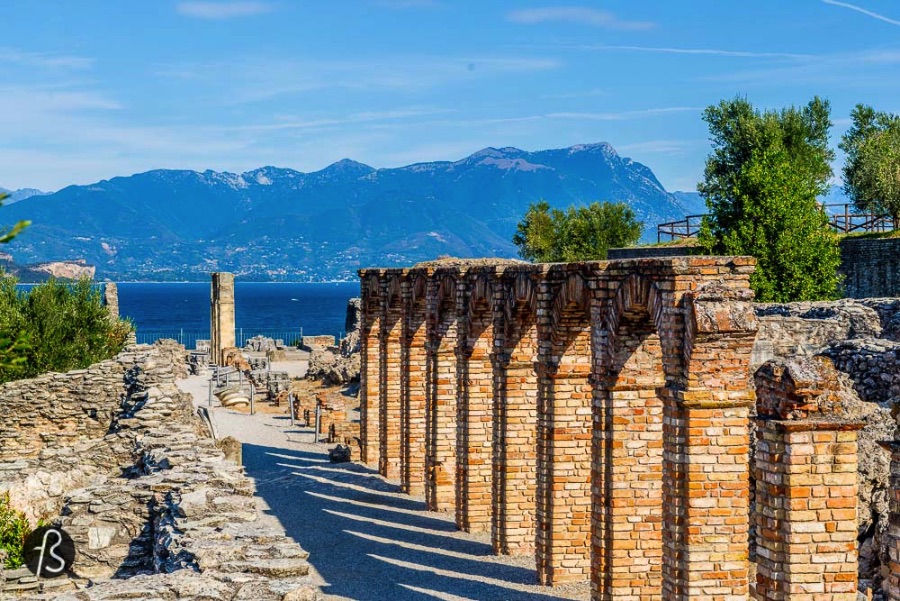
The history of Grotte di Catullo
More than a grotto, Grotte di Catullo are the remains of a Roman villa built soon after the Augustan Period. The local legend says that this villa used to belong to Roman poet Gaius Valerius Catullus, one of the greatest pleasure-seeking poets of all time.
Native of Verona, this famous poet praised the beauty of Sirmione and spoke in his poems about a villa he had in the area. The historical consensus says that the property didn’t belong to him but to a rich family from Verona. Maybe they had the poet as a guest and this is how the legend began but we will never know for sure.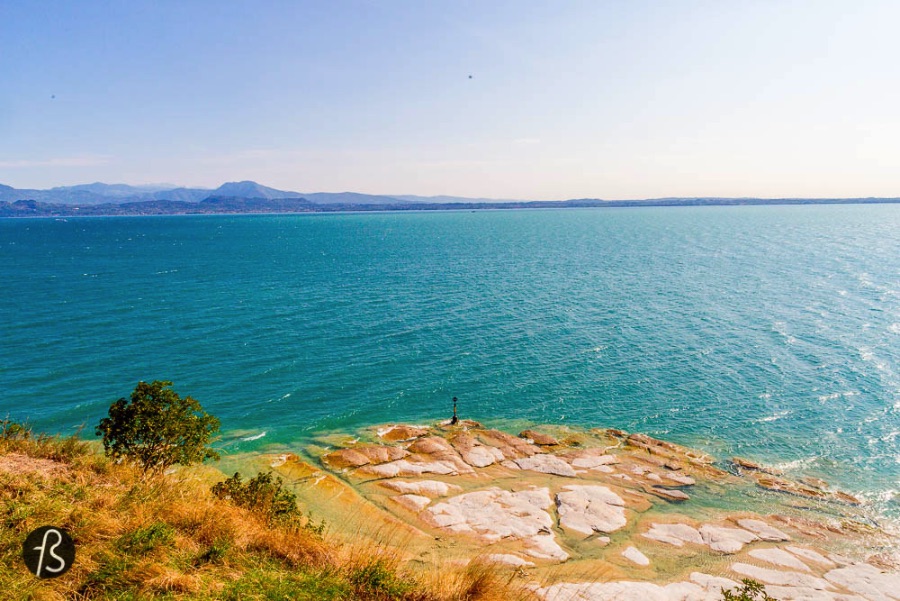
The main entrance was to the south, the area where the spas were located. Porches used to follow the long sides until they joined together in a panoramic terrace overlooking the lake. If the view today is amazing, I imagine how beautiful it must have been back in the day with unspoiled nature everywhere you look.
When you walk around the Grotte di Catullo, you are going to be seeing structures from two different eras. On the north side, closer to the lake, you can see previous constructions from the first century of the common era and we know by now that, by the fifth century, everything there was abandoned. This is when this place got its name.
The name grotto came to be used after the Fall of the Roman Empire when many of the ceilings and structures collapsed and the building started being taken over by nature. Some people even believed that parts of the structure were natural caves. Everything changed in the late 19th century when archeologists started digging and researching.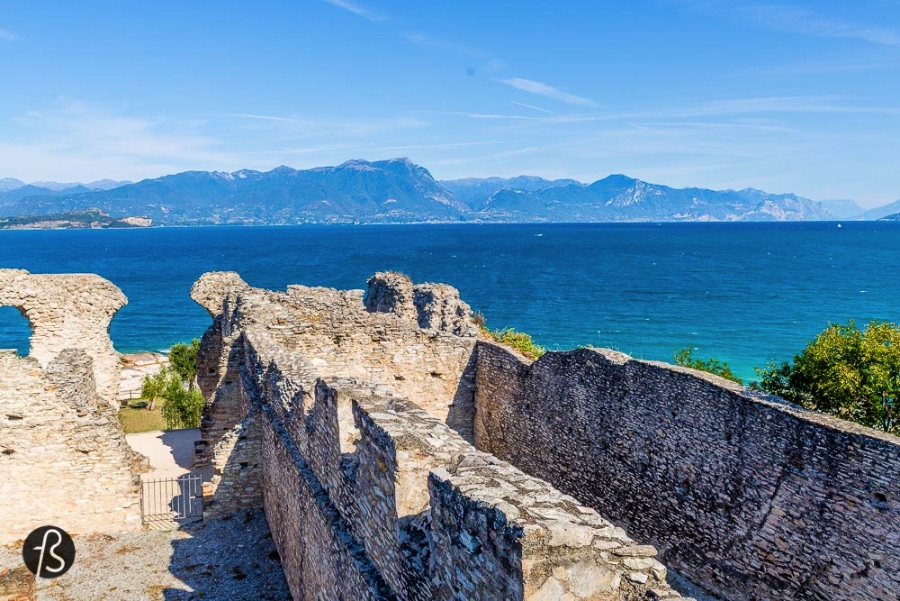
In the summer, you can visit Grotte di Catullo from 08:30 to 19:30 and during the winter months, you can visit the place from 08:30 to 17:00. This archeological site is closed on Mondays and you have to pay 6EUR to enter. They only take cash and there are no predate ticket services. You need to go there, buy the ticket and get it.
Area archeologica delle Grotte di Catullo
Piazza Orti Manara, 4,
Sirmione – Italy
Fotostrasse visited Grotte di Catullo during our days at Blogville Lombardy and it was an amazing experience. Special thanks for Brescia Tourism.
